- Xinjiang will speed up the construction of transportation channels out of Xinjiang and realize interoperability with the mainland

If you want to travel from Korla to Lhasa, follow the usual route: you have to pass the Lanxin Railway to Xining, and then transfer to Lhasa via the Qinghai-Tibet Railway. At present, the fastest transfer method recommended by China Railway 12306 for high-speed rail + general speed, the whole journey takes 30 hours and 47 minutes. If you pass the Gekku Railway, it is estimated that you can reach Lhasa in 26 hours, and the Gekku Railway also reserves 160 km/h speed-up space, so this journey can be faster and shorter in the future. Are you looking forward to it?
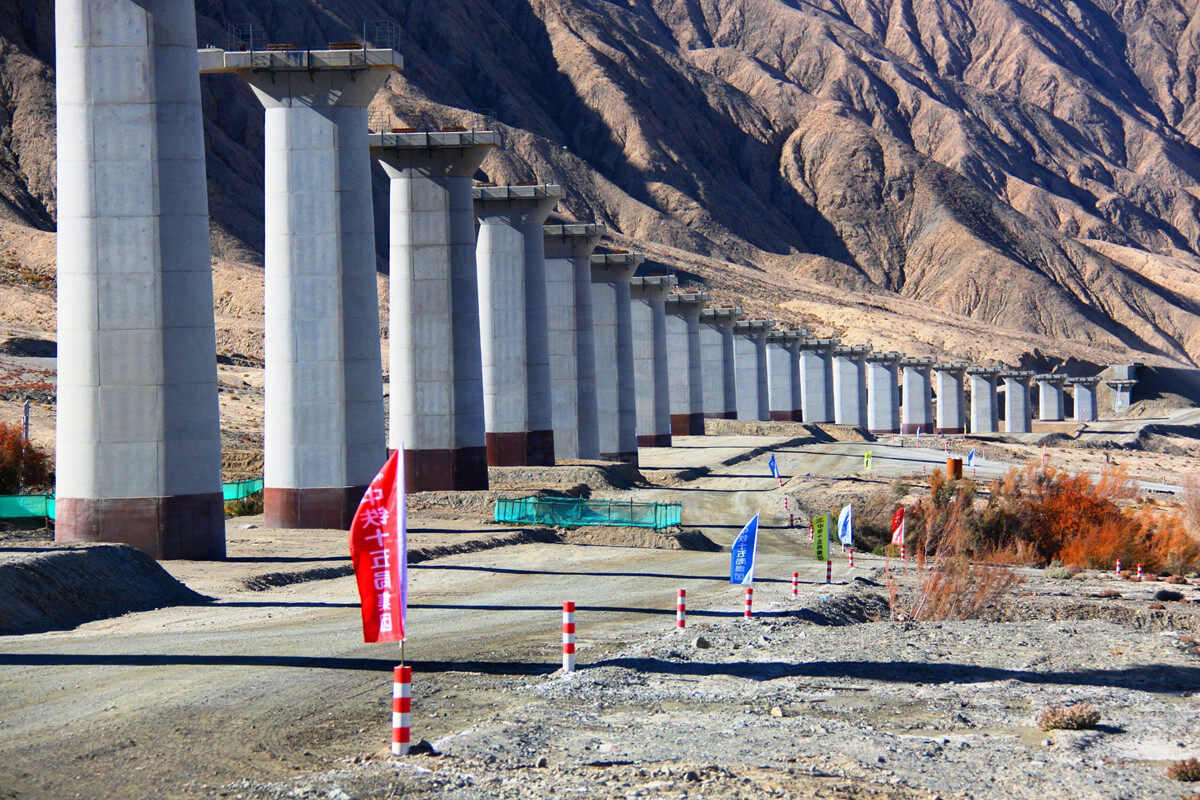
On December 9, 2020, the Xinjiang section of the Golmud-Korla Railway was officially opened for operation. This means that the 1,206-kilometer-long Ge-Ku Railway, which took 5 years of construction, has been completed. The opening of the Ge-Ku Railway is like opening a door to the interior of southern Xinjiang. The door is connected to the provinces of Qinghai and Tibet, and the Sichuan-Chongqing area in the southwest can be seen further away. According to Wang Xinshuan, deputy chief engineer of Xinjiang Railway Survey and Design Institute of China Railway First Academy, and project leader of the Xinjiang section of the Geku line, the construction of the Hetian-Ruoqiang railway is currently being stepped up. After the opening to traffic, passengers in the Kashgar and Hotan areas will be able to pass the Heruo railway. , Geku Railway to the inland, which is about 1,000 kilometers shorter than the northern Urumqi and Lanxin Railway.
Wang Xinshuan said that the country is currently planning the construction of the Chengdu-Golmud Railway. If this railway is completed, the role of the Geku Railway will be further enlarged. By then, it will be able to go directly to Sichuan and Chongqing from Korla, Xinjiang, making the southern part of Xinjiang closely connected with southwestern China.
Gekko-Kuu Railway runs through
The Chengku Railway is a railway from Chengdu City in Sichuan Province to Korla City in Xinjiang. It is currently under construction, including the northern section of the Ge-Ku Railway (also known as the Ku-Ge Railway) and the southern section of the Jicheng Railway. The Ku-Yi Railway, which will be connected to the north in the future, will together become the second international channel from Chengdu-Golmud-Korla-Ili to Central Asia.
At 9:40 am on December 9, 2020, the K9756 train from Korla Railway Station officially departed, marking the opening of the Geku Railway (Golmud City, Qinghai Province to Korla City, Xinjiang Uygur Autonomous Region). It crosses the Taklimakan Desert, passes through the Altun Mountains, and across the Tarim River. The highest elevation difference is more than 2500 meters, which is equivalent to the height of 800 stories. It is like a ladder connecting the Taklimakan Desert and the Qinghai-Tibet Plateau.

The Ge-Ku Railway, also known as the Ku-Ge Railway, is the abbreviation of the railway from Golmud City in Qinghai Province to Korla City in Xinjiang. It is also an important part of the Cheng-Ku Railway. Construction began at the end of 2014. Starting from Golmud City, Qinghai Province, passing through Ruoqiang and Yuli counties in the Xinjiang Uygur Autonomous Region, and finally to Korla City, it is a national railway class I passenger and freight mixed-line electrified railway. The Qinghai section (Golmud to Mangya Town) has been completed in June 2020. It will be opened for operation on the 30th. The Xinjiang section, which opened on December 9, 2020, is 734 kilometers long and has 8 passenger stations including Itunbulak, Milan, Ruoqiang, Tieganlik, Kurmuyi, Inkule, Yuli, and Korla.
After the opening of the Xinjiang section of the Geku Railway, the railway department arranged 1.5 pairs of passenger trains from Korla to Itumbulak, with a maximum operating speed of 120 kilometers per hour, and 2 pairs of cargo trains from Golmud to Korla. According to reports, the cargo volume of the Gekku Railway exceeded 890,000 tons, which greatly contributed to the rapid economic development of southern Xinjiang. On January 22, 2021, 1,220 tons of steel are being loaded in the Hejing Railway Freight Yard in Hejing County, Bayingoleng Mongolian Autonomous Prefecture, and will be transported to Golmud to meet the local infrastructure construction needs. According to the China Railway Urumqi Bureau Group Co., Ltd., as the third major railway channel in and out of Xinjiang, the Gekku Railway has been in operation since December 9, 2020. As of January 21, 2020, the Gekku Railway has exceeded 89.1 cargo. Million tons. New channels have been added to Xinjiang's freight, especially for bulk long-distance cargo. Cao Zhihong, deputy general manager of Sinopec Xinjiang Petroleum Branch, said that the large volume of railway transportation, short time, safety and environmental protection, can save transportation costs for enterprises to the greatest extent.
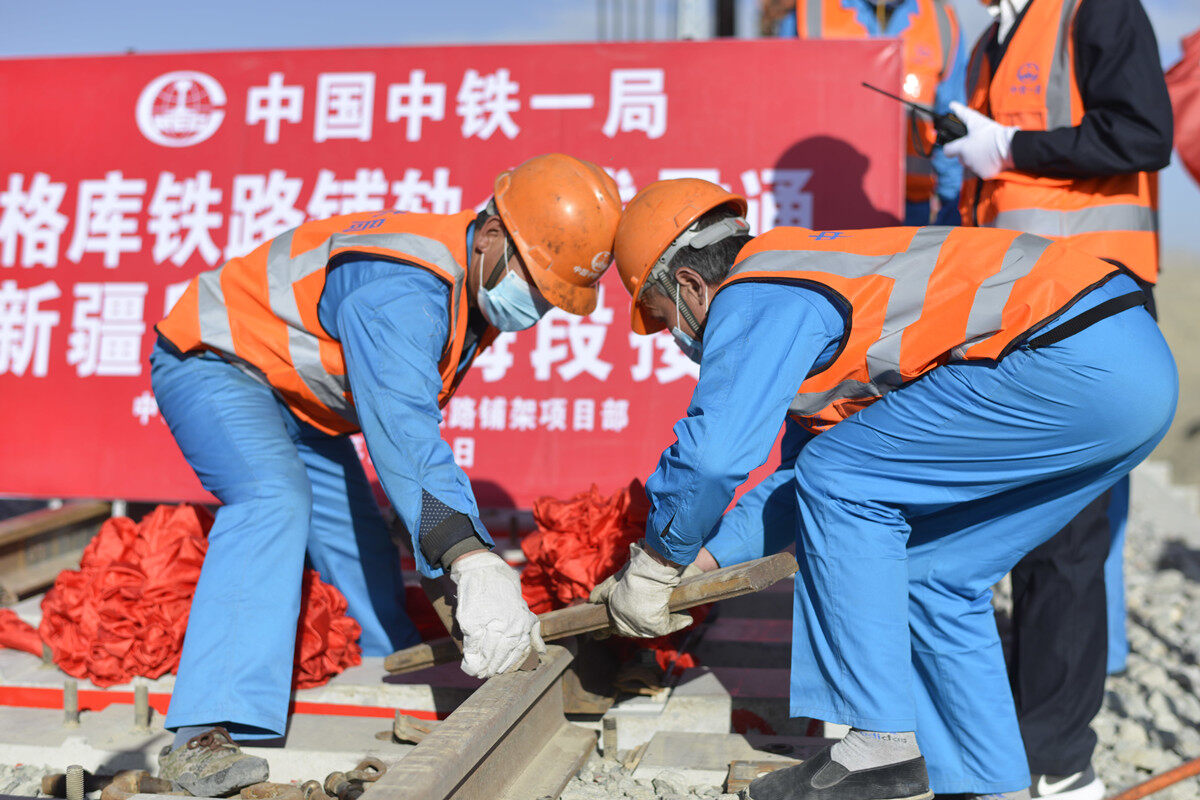
It is reported that the Gekko Railway is the third major railway passage to and from Xinjiang after the Lanxin Railway and Linhe-Hami Railway, and it is also one of the major land transportation passages from China to Europe and West Asia. The southern end of the Ge-Ku Railway is connected to the Qinghai-Tibet Railway at Golmud, the central part is at Ruoqiang where it joins the Hetian-Ruoqiang Railway under construction, and the northern end is at Korla and the southern Xinjiang railway, which further improves the railways in western China, especially Qinghai and Xinjiang. With a network structure, the southern part of Xinjiang can directly connect with provinces and autonomous regions in the mainland of China, instead of going northward to bypass Urumqi and other places. As a united line and national line, the Ge-Ku Railway was opened to traffic, shortening the original 26 hours from Korla to Golmud to about 12 hours. It not only promotes resource development and poverty alleviation in the areas along the line, but also promotes the in-depth development of the western region. The social and economic development of ethnic minority areas promotes national unity, and the scenery along this road is even more amazing!
Road paver Huang Kejun: I am particularly proud to watch the railway open to traffic
Huang Kejun, project manager for the Xinjiang section of the Geku Railway of China Railway First Bureau Xinyun Company, said with emotion: "We have been laying this road for more than 4 years."
In March 2016, the Xinjiang section of the Ge-Ku Railway started construction of a paving base. With the continuous extension of the railway line, road paver Huang Kejun and his workers entered the Taklimakan Desert, the largest desert in China. The Xinjiang section of the Geku Railway is 734 kilometers long, of which nearly 300 kilometers pass through the Taklimakan Desert. Huang Kejun said that whenever a sandstorm strikes, the simple shed where the workers live will be shaken from side to side by strong winds. In the Taklimakan Desert, the surface temperature in summer is as high as 50 degrees Celsius, and the temperature at night in winter is as low as minus 20 degrees Celsius, and the temperature difference between day and night can reach more than 30 degrees Celsius. The harsh weather is also a test for the safe operation of construction machinery and equipment. Affected by the temperature difference, the rails expand and contract with heat, and the rail gap reaches a maximum of 12 cm, which brings challenges to driving safety.
There are no shortcuts to safety. Huang Kejun pointed out that the project department has set up a patrol team, equipped with full-time patrolmen, to keep an eye on every rail, every track seam, and notify the dispatching maintenance as soon as possible if abnormal conditions are found. I dare not be sloppy... just like that, in April 2018. On 19th, the Gekko Railway crossed the Taklimakan Desert 23 days earlier than the original schedule. Just out of the Taklimakan Desert, Altun Mountain is standing in front of you again. A large number of bridges and tunnels need to be built here. Bridges are connected to tunnels, and tunnels are connected to bridges. 15 of the 16 tunnels of the Xinjiang section of the Ge-Ku Railway and 14 of the 22 extra-large bridges are in this area. In such a difficult environment, on May 29, 2020, the Xinjiang section of the Ge-Ku Railway successfully passed through the Altun Mountain Tunnel; on July 21, the Xinjiang section of the Ge-Ku Railway was successfully integrated with the Qinghai section. Behind one node after another, The unremitting efforts of Huang Kejun and his workers.
Passenger Reyim Tohuti: I got on the train at the door of my house
Reyim Family is located in Ruoqiang Town, Ruoqiang County, Bayingoleng Mongolian Autonomous Prefecture, Xinjiang, nearly 500 kilometers away from Korla, the capital of Bazhou. Reyim said that when he went to Korla in the 1980s, he took a big truck and took a three-jump road. That is, the car jumped on the road, the people jumped in the car, and the heart jumped in the belly. It would take a long time to do so. It will take a day to arrive. The road passes through the Taklimakan Desert. In the windy and sandy weather, the road is not clear from one meter away. Reyim remembered that the driver would install wooden stakes in the car. When encountering a big sandbag on the road, everyone in the car will get off the car, put up the wooden stakes, and let the car pass first. Later, the conditions improved and the road was repaired, but it took 8 hours to get to Korla by car.
Reyim excitedly introduced that he will be there in the next 4 hours, and I feel very excited when I think about it. What makes Reyim even more excited is that this train can go to Itunbulak Station. Itunbulak Town, Ruoqiang County, is located in the south of Altun Mountain, with an average elevation of more than 3,100 meters. It is the place where Reyim worked for 8 years. In 1991, Reyim was sent to work in the town of Itumbulak. At that time, the road was particularly difficult to walk. It would take about 8 hours from the county seat to the town by car if it went smoothly. Where there is no road, we rode camels and horses to keep going. Due to the long distance, Reyim and his colleagues can only go home once every three months.
The conductor told Reyim that it would take more than three hours to reach the town of Itumbulak. Re Yimu had tears in his eyes. He said that in a few days, I will take the train to the town of Itumbulak to take a good look...
Passerby Li Zhihui: Stand a good post and guard the road
59-year-old Li Zhihui is the director of the Ruoqiang Communication Workshop in the Urumqi Communication Section of China Railway Urumqi Bureau Group Co., Ltd. In the past 38 years, he has moved to the southern Xinjiang line, the Xiyan line, the Kuibei line, the Keta line and other new line operation sites. On September 4, 2020, Li Zhihui was appointed as the leader of the preparation team for the Gekku Railway in accordance with the needs of the Gekku Railway's opening and takeover work. Facing the high altitude, windy sand, sparsely populated, and harsh environment of the Gekko Railway, he rushed to the forefront without hesitation. This work lasted four months without a day of rest. He ran 6 times at the Itumbulak station, which is more than 3,500 meters above sea level. Due to the strong altitude sickness, Li Zhihui's usual steady steps would be a little staggering as soon as he went up the mountain, accompanied by chest tightness and headache, but he still clenched his teeth until he personally confirmed that the problem was rectified.
Li Zhihui said that it was the first time to go to Tieganlik Station and after checking, he raised 58 problems that did not meet the standards, such as cable crossing and uneven lashing curvature. During the static acceptance period, the experienced Li Zhihui strictly checked the quality, ranging from the construction process standards to the small screws on the cabinet, and every detail in all directions and without blind spots. At the end of the whole acceptance, he and his colleagues found 704 problems and 124 items were rectified on site, which provided communication guarantee for the high-standard and scheduled opening of the Gekko Line.
In order to let young colleagues in Ruoqiang workshop grow into talents quickly, Li Zhihui also opened a night school for young workers. No matter how busy or tired, he will take time to go to night school to explain the principles of various equipment to everyone. When he arrives at the scene, he will help young colleagues quickly improve their business skills. Li Zhihui said: "Actually, it's not just me, but many people are doing this! The new line is open, and I have to stand on this guard and be a guardian."
Chengge Railway Breaks the Lifeline of Western Railway
In October 2008, the National Development and Reform Commission optimized and adjusted the "Medium and Long-term Railway Network Planning", determined the total scale and layout of the railway network, and described the grand blueprint for railway construction and development. In the adjustment plan, 40% of the newly planned railway projects are in the western region, further expanding the scale of the western road network, and a new round of railway construction has been rapidly set off. It is understood that China’s “Medium and Long-term Railway Network Planning” paints a more glorious picture for Xinjiang’s third major railway passage in and out of Xinjiang, that is, through the construction of the Chengdu-Gelmud railway, a railway from southwest China to Korla, Xinjiang will be formed. The railway will continue to connect the Korla-Yining railway to the west, forming China’s second west-to-international major corridor. By then, the Gekku Railway will truly be comparable to the Lanxin Railway. Goods from Chengdu, Chongqing and other places can pass through Chengdu. -Golmud Railway, Geku Railway, Korla-Yining Railway go directly to Khorgos Port and Alashankou Port, forming a new China-Central Asia-Europe corridor.
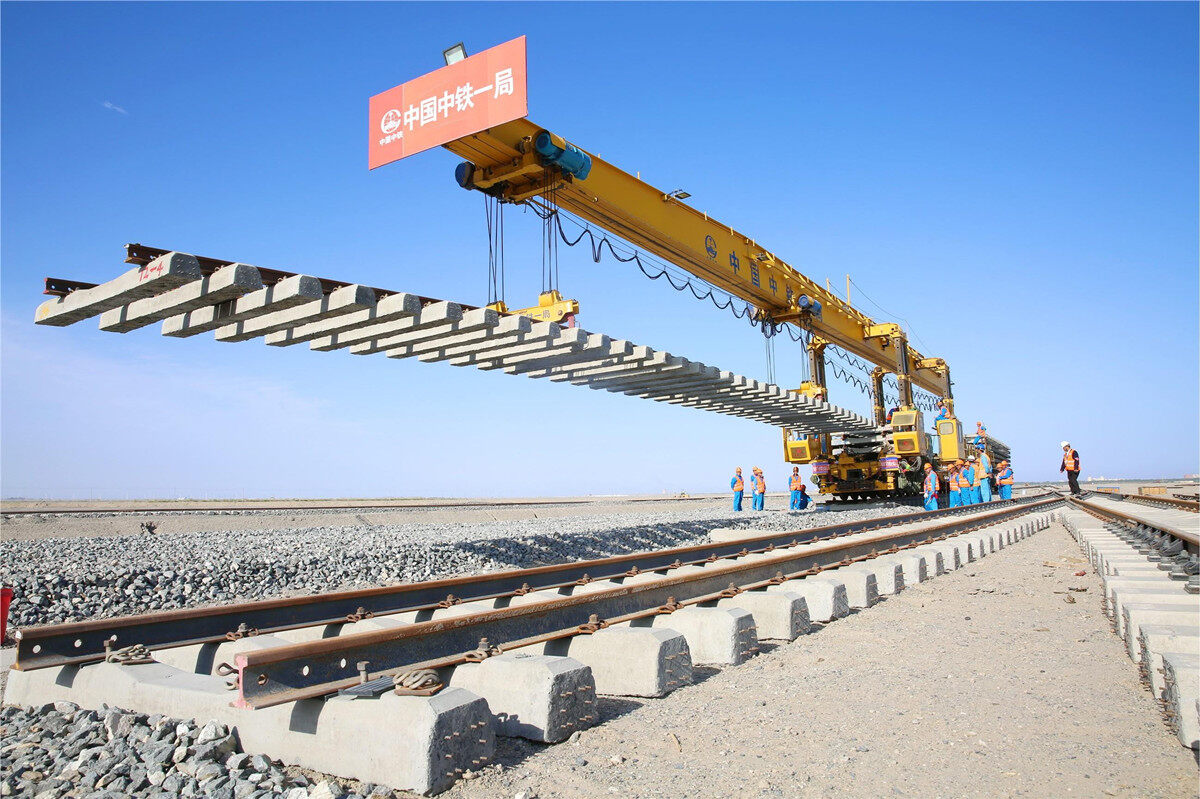
With the railway from Chengdu to Golmud on the agenda in 2018, the northernmost part of the Great Northwest will be directly connected to the Great Southwest. The important southwestern towns from Xinjiang to Chengdu and Chongqing will no longer need to detour Lanzhou and Xi’an. At the same time, freight costs will be greatly reduced. Time cost, and Korla will also become an important passenger hub outside Urumqi, and the future can be expected!
Chengge Railway is the abbreviation of the Chengdu-Germu City Railway in Qinghai. As the southern section of the Cheng-Ku Railway, it is also an important part of the Sichuan-Qinghai Railway. The route design starts from Chengdu, and the Chengdu section uses the reconstruction of the original Chengwen Line, passing through Pengzhou, Dujiangyan, Wenchuan, Malkang, Qinghai Dari, Maduo, and reaching Golmud City. The total length is about 1,270 kilometers, including 415 kilometers in Sichuan and 855 kilometers in Qinghai. . Chengge Railway plans to design the Chengdu-Maerkang section as a two-line line, taking into account the functional positioning of both passenger and cargo. The entire line adopts the passenger and freight transportation organization mode, and the design travel speed is 160km/h.
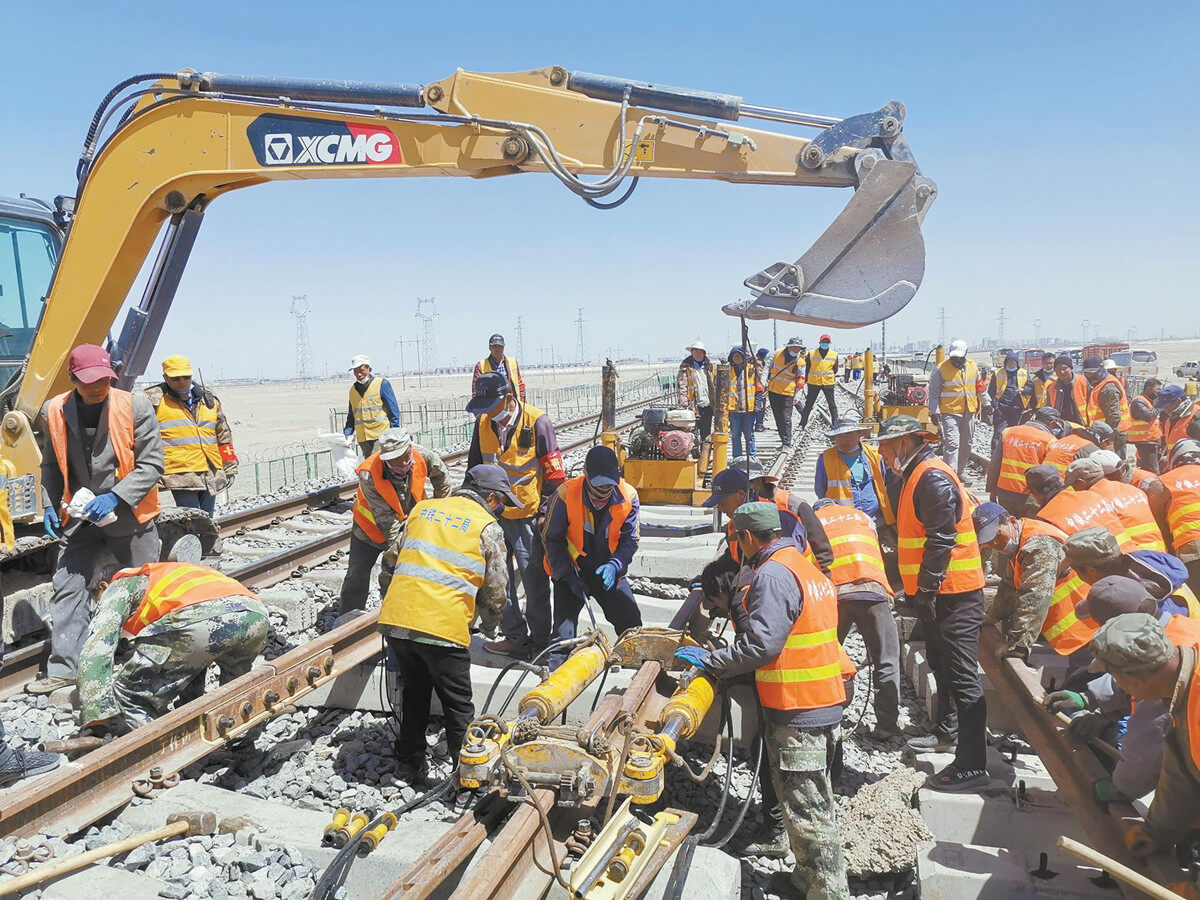
Golmud, located in the hinterland of the Qinghai-Tibet Plateau, is an important transportation hub connecting Qinghai with Tibet, Xinjiang, Gansu and western China, and a dry dock from the inland to Tibet. At the same time, Golmud is still a typical resource-based region, with more than 50 kinds of resources such as potassium, sodium, magnesium, and natural gas distributed in the territory, and more than 30 kinds are among the top 10 in China. Relying on the Golmud-Dunhuang Railway and Golmud-Korla Railway, the development of resources in Qinghai, Gansu, and Xinjiang will be increased to promote the economic development of the Hexi Corridor and Qaidam Basin, and will drive the three places of Golmud, Korla and Dunhuang. The tourism industry is booming. According to the person in charge of the Qinghai-Tibet Railway, after the completion and operation of the Golmud-Gansu Dunhuang Railway, Golmud-Xinjiang Korla Railway, and Golmud-Chengdu Railway, Golmud will become the transportation core of the entire northwestern region. Editor/He Yuting
Comment
 Praise
Praise
 Collect
Collect
 Comment
Comment
 Search
Search



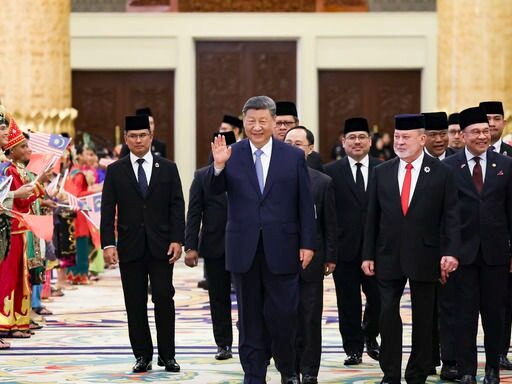










Write something~